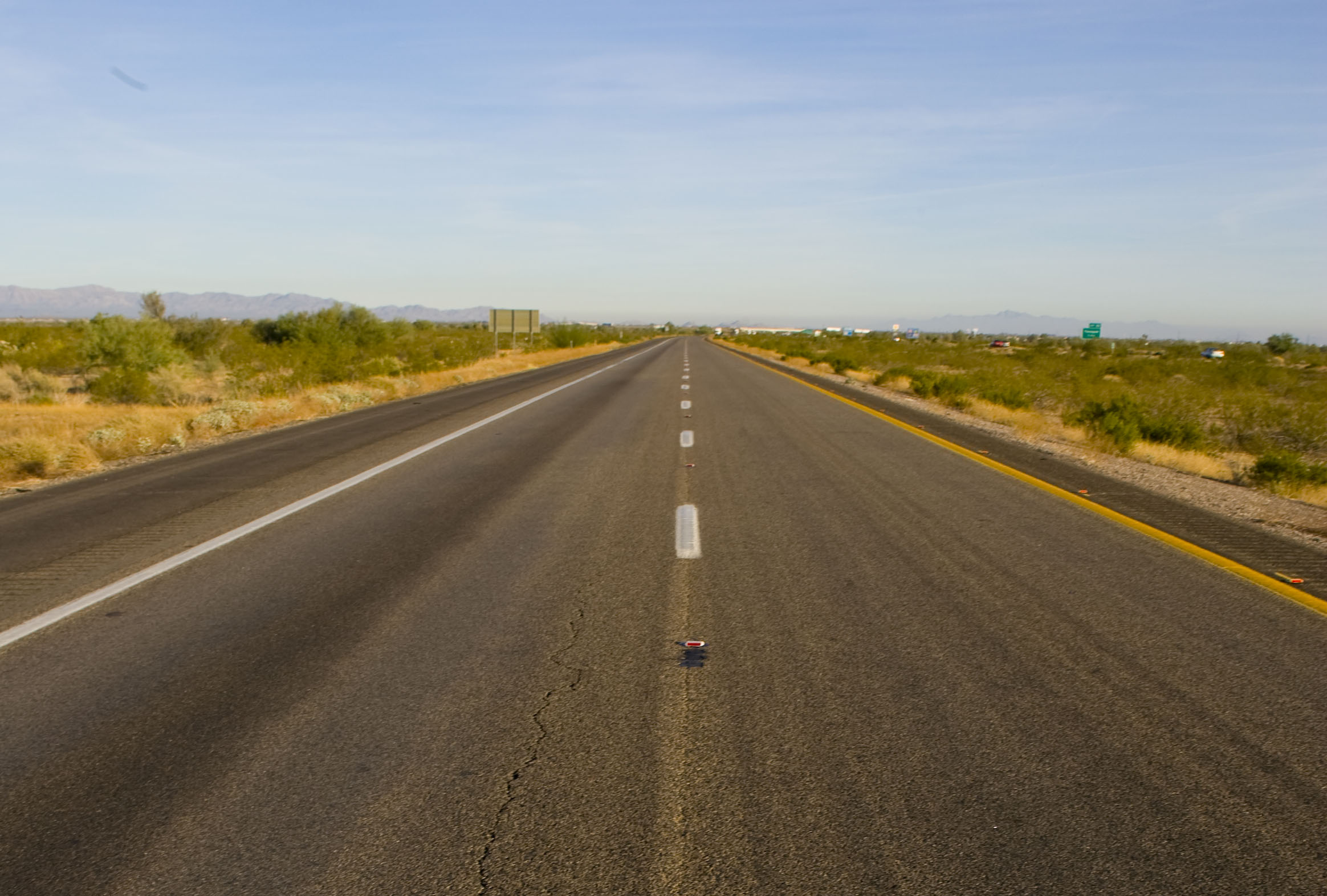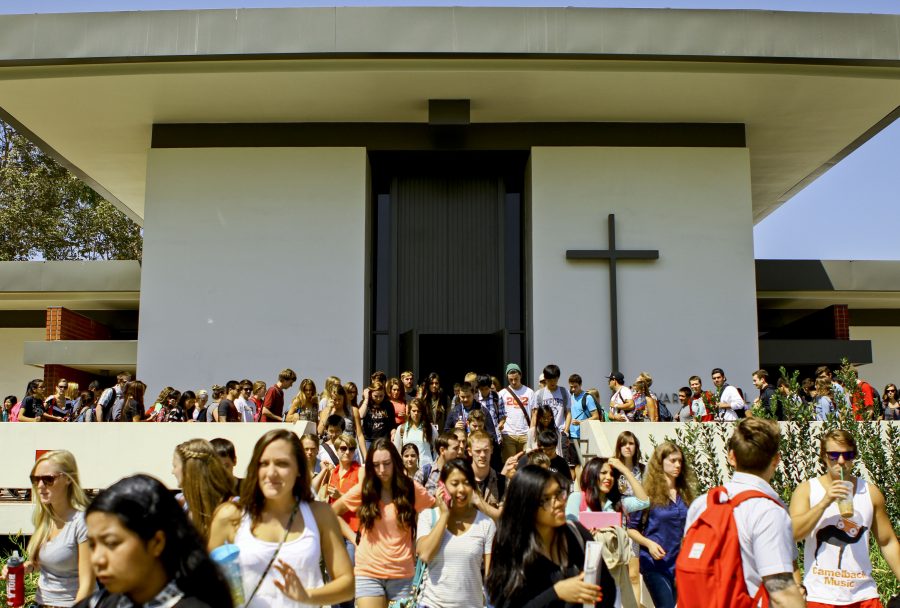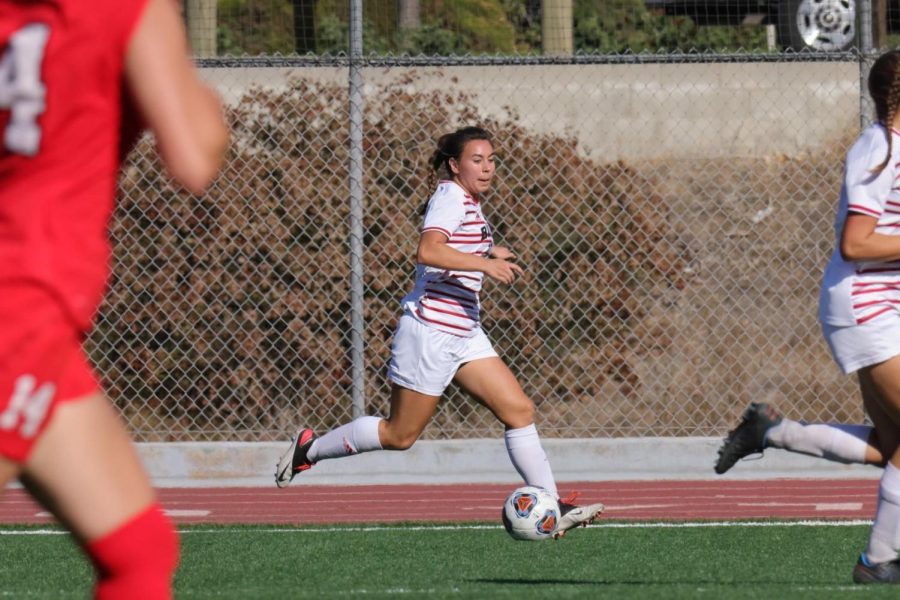Our Thanksgiving-weekend excursion started at the crack of dawn; 4 a.m. is never a good time to wake up – much less when you only got to sleep at midnight. But we had promised to pick up our three extra passengers at 5 a.m., so we had to get moving.
If we had had a sleepless night, these girls had it much worse. The evening before, as the sisters were taking their Volvo back up I-5 in the fracas of rush hour traffic, the car started inexplicably slowing down. Sure enough, the station wagon died in the midst of smog and taillights – and right in the middle lane.
They weren’t alone in their plight. AAA predicts that between November and December, 5 million motorists will be stranded on U.S. highways with a host of vehicle problems, including 2 million that need towing from AAA and 1 million that need a jump-started battery.
Fortunately, Gail and I had just the antidote – three seats in a northbound Taurus. The girls had to wake up every hour to call the tow truck until it finally dropped the vehicle back at campus the next morning, so by the time they hopped in our car they were beat. They fell asleep before we even reached the Grapevine. But in all, it was a great chance to meet new people and split the gas bill.
Those who live in northern California know how monotonous the drive up the 5 or the 99 can be – it’s broken by little more than sprawling cattle farms and cities like Wasco and Coalinga. The selection of radio stations – which has a decidedly mariachi bent through a large part of the drive – also leaves something to be desired.
By the time we pulled up to the house, it was 6 p.m. – 13 hours, a shopping trip and an In-n-Out stop after we got started. It was certainly more exhausting than taking what would be a two-hour plane ride, and it was made worse by some worn-out wiper blades that made it difficult to see in the rainy and foggy conditions.
Part of the traffic jam was the usual holiday crunch. In light of the slumped economy, AAA predicted the first decline in Thanksgiving travel since 2002. But it was a small decline – only 1.4 percent fewer people trekked 50 miles or more. An estimated 41 million Americans took a Thanksgiving trip this year, including 4.54 million traveling by plane (11 percent) and a full 33.2 million (81 percent) taking road trips like ours.
Although there was no shortage of traffic, taking a road trip always will have its adventurous mystique. You can’t beat the bathroom break detours that accidentally lead you to a restaurant in the middle of nowhere where you can strike up a conversation with the owner. You can’t beat 20-plus hours of undivided attention from your friend.
And these days, you can’t beat getting it all for about $50 in gas.







